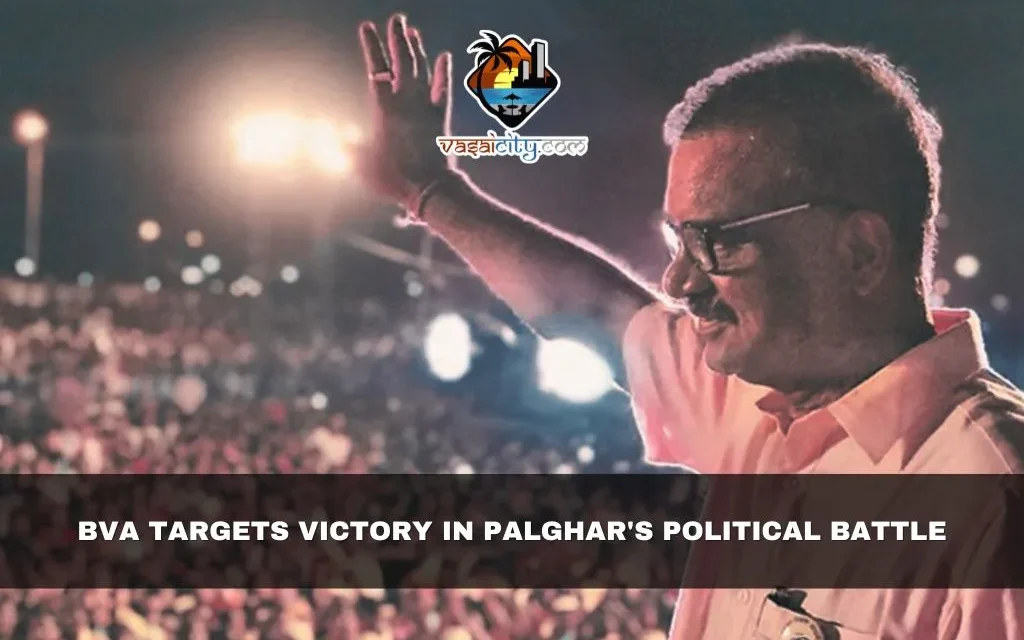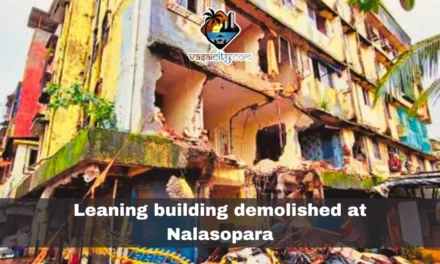In the bustling political landscape of Mumbai, a new chapter is unfolding as the Bahujan Vikas Aghadi (BVA), under the leadership of MLA Hitendra Thakur, steps into the arena to contest the Palghar Lok Sabha seat. This move has sparked conversations and ended months of speculation about the party’s participation in the upcoming elections.
Let’s break it down: Palghar is a special constituency, not just because it’s reserved for the Scheduled Tribes but because of its unique political dynamics. Hitendra Thakur, who represents Vasai in the Maharashtra Assembly, hasn’t yet revealed who will carry the BVA’s banner into the fray. However, he’s not shy about his ambitions or confidence, expressing a strong belief that his party will clinch the seat. Thakur’s strategy goes beyond just winning; he’s looking ahead, promising to back any party that commits to the development of the Palghar district post-victory.
The political stage in Palghar is crowded, with the Uddhav Thackeray-led Shiv Sena throwing its hat in the ring by nominating Bharati Kamdi, a notable figure in the local political landscape and former president of the Palghar Zilla Parishad. The coalition of Sena, BJP, and Ajit Pawar-led NCP (known as Mahayuti) is also in the mix, with expectations circling around Rajendra Gavit, the incumbent MP, to be their choice. Gavit’s history of winning the last election as a Shiv Sena candidate before the party split adds another layer of intrigue to the election.
Thakur is playing his cards close to his chest, mentioning a list of eight to ten potential candidates from which the BVA’s nominee will soon be chosen. His confidence is palpable as he suggests that the real battle in Palghar will be for the second place, indicating his belief in a clear victory for his party. This isn’t baseless optimism; history lends it some weight. Back in 2009, the BVA saw success in Palghar with Baliram Jadhav defeating the BJP’s candidate, highlighting the party’s potential in this constituency.
The BVA’s influence in the region is not to be underestimated, with three MLAs in crucial assembly segments within the Palghar Lok Sabha constituency. Thakur’s mention of his good relationships across the political spectrum and his call for parties to concede the seat to him underline his strategic approach to politics, emphasizing cooperation over conflict.
January saw a moment that fueled speculation about the BVA’s alliances when Thakur shared a stage with Maharashtra Chief Minister Eknath Shinde. This event led many to wonder if the BVA might lean towards the saffron alliance, showcasing the fluid dynamics and unexpected partnerships that characterize Indian politics.
However, it’s not all smooth sailing for the BVA. The party faced a significant hurdle in the 2019 Lok Sabha elections when it lost its election symbol, the ‘whistle’, to a newly formed party. This symbol crisis forced the BVA to adopt a new insignia and field Baliram Jadhav once again, who unfortunately was defeated by Gavit. The question of whether the BVA will reclaim the ‘whistle’ for this election remains unanswered, adding another layer of suspense to the political drama unfolding in Palghar.
In essence, the battle for Palghar is not just about a Lok Sabha seat; it’s a microcosm of the larger political strategies, alliances, and ambitions that shape the democratic process in India. With parties and candidates gearing up for what promises to be a closely watched contest, the voters of Palghar are at the heart of a political narrative that will have implications far beyond their constituency. As the election approaches, all eyes will be on this coastal district, waiting to see how the story of Palghar unfolds in the grand tapestry of Indian politics.








